Idea by
Theresa Häfele
Call for ideas 2019
Heroines in Architecture
Heroines in Architecture
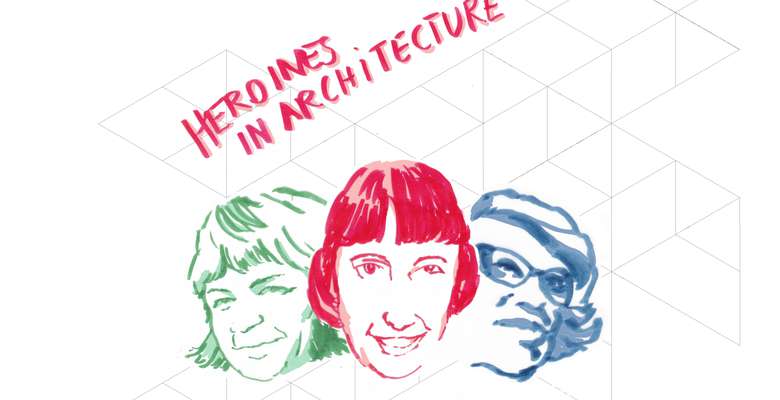
- Systemic changes
visibility – interconnection – distribution – documentation
Is the architectural history male and where are the female role models in history?
Relevant questions for students who still are teached primarily by male professors about almost sole male architects. Thats why the next questions are to be asked: The first women in architecture – How many of them are to find and what do we know about them? The exhibition about the heroines in architecture is a traveling one. It’s made of wooden panels easily to build and unbuild. The modular system grows, changes it’s form and wherever it settles it collects information. We learn about outstanding women from the past and how they set milestones in architectural history. The exhibition collects on-site biographical data about the local pioneers. The status quo is discussed in interviews that are held with contemporary local architects about their life and architectural practice. This delivers also a very important piece of documentation.

© Theresa Häfele
In Vienna the exhibition "Margarete and her Sisters – Heroines in Architecture" was referring to Margarete Schütte-Lihotzky a famous pioneer in the field of Architecture. It settled down on the forecourts of Vienna's three architecture universities. It took up a critical stance toward institutionalized education and also showed possible structural and social mechanisms that stand in the way of the visibility of women in architecture.
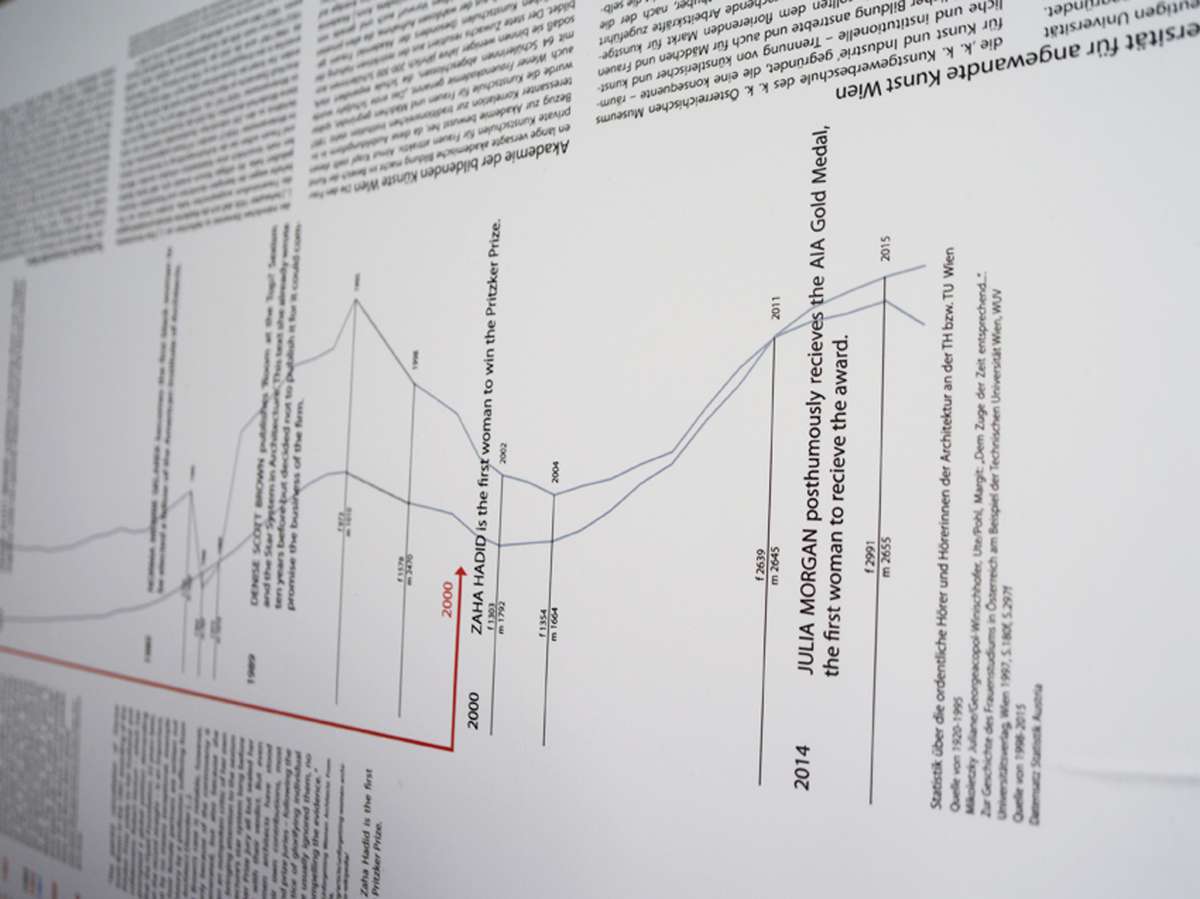
© Theresa Häfele
The research to the project and the development of the exhibition concept and exhibition design was funded by the Margarete Schütte Lihotzky grant in 2016. Now the exhibition is ready to go for Europe to collect more data to enrich to grow and to spread
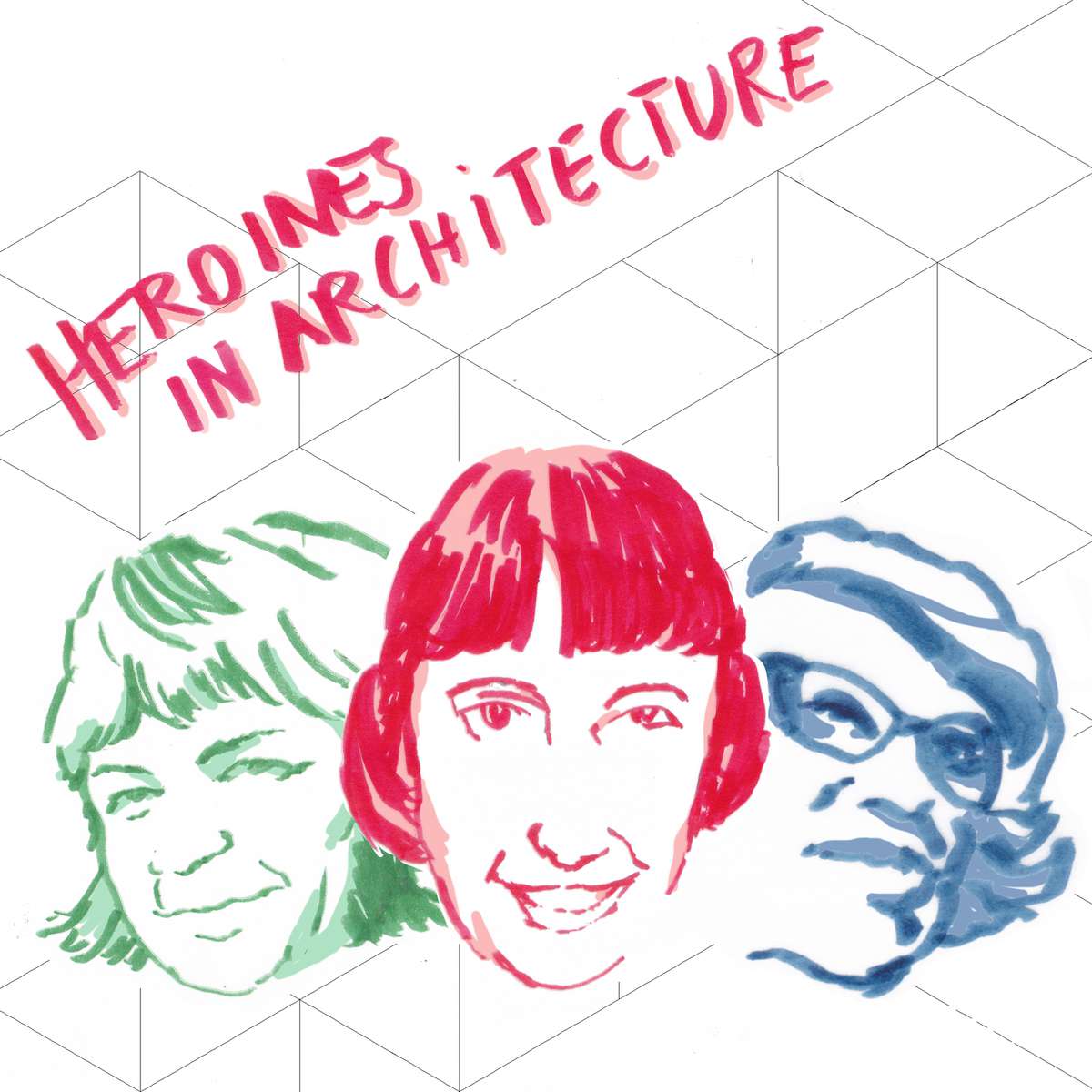
© Theresa Häfele
Jadwiga Grabowska-Hawrylak - Margarete Schütte Lihotzky - Jane Drew are famous architects and are here representing a whole lot of fellow female european architects. The architect as genius was long time a male preserved role model. Is it still an issue today? We look into the past how the first women became architects we also set up a status quo about gender equality in the field of architecture and we feature all the heroines we find while traveling through Europe.
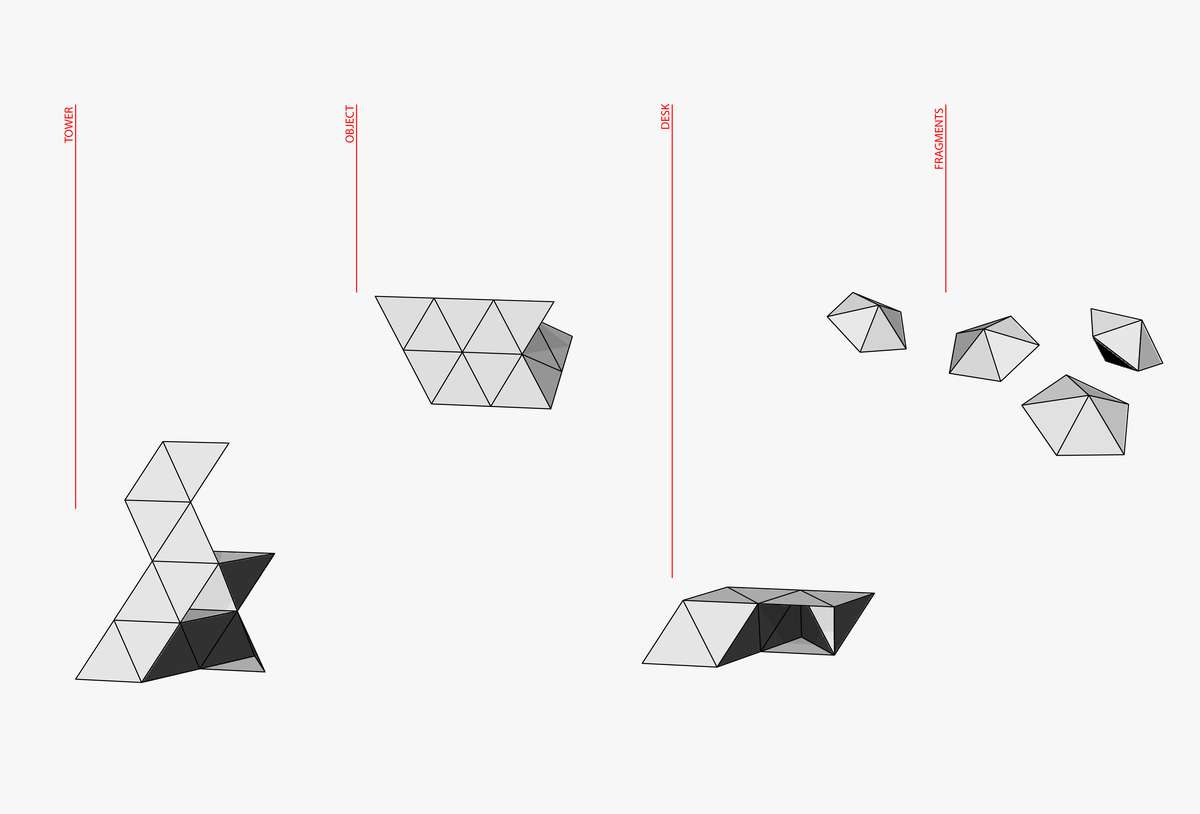
© Theresa Häfele
The exhibition is a modular system that creates different kinds of shapes for different spaces. By the arrangement of the information it changes the interpretation. The samples of shapes are examples how the exhibition may look like and how it can easily be built and be rebuilt in a different shape at another place.
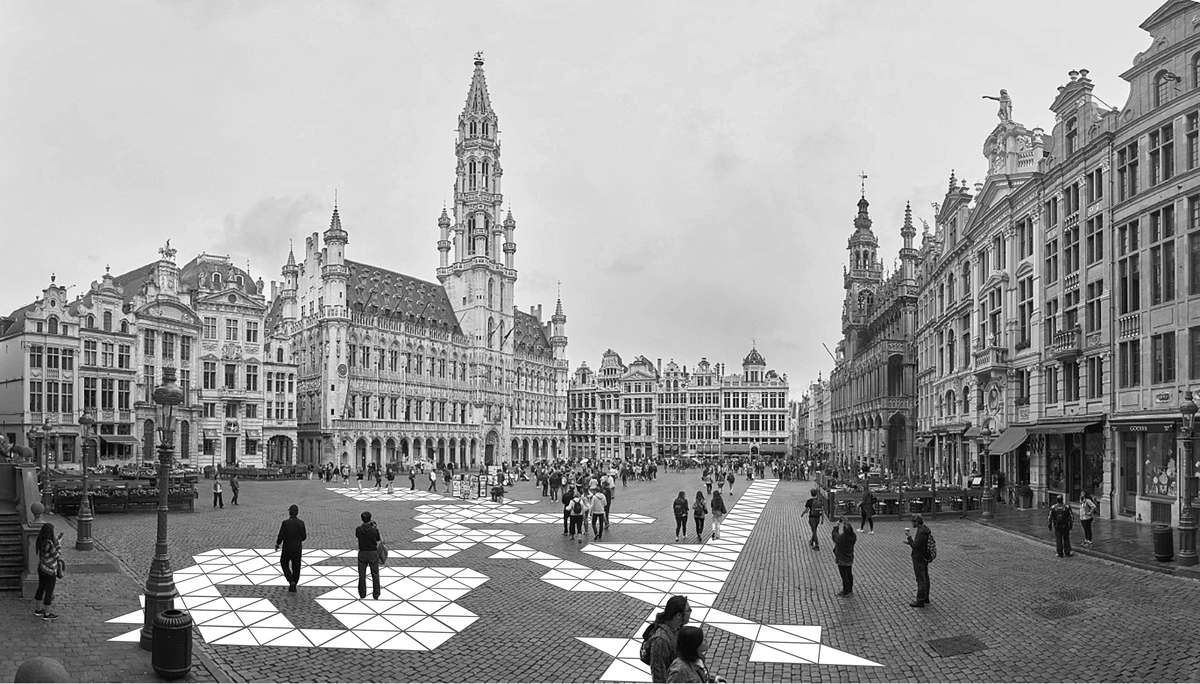
© Theresa Häfele
The future goal is to gather so much of information that the structure grows at such a point that it covers up the Grand-Place in Brussels.
Heroines in Architecture
Heroines in Architecture

- Systemic changes
visibility – interconnection – distribution – documentation
Is the architectural history male and where are the female role models in history?
Relevant questions for students who still are teached primarily by male professors about almost sole male architects. Thats why the next questions are to be asked: The first women in architecture – How many of them are to find and what do we know about them? The exhibition about the heroines in architecture is a traveling one. It’s made of wooden panels easily to build and unbuild. The modular system grows, changes it’s form and wherever it settles it collects information. We learn about outstanding women from the past and how they set milestones in architectural history. The exhibition collects on-site biographical data about the local pioneers. The status quo is discussed in interviews that are held with contemporary local architects about their life and architectural practice. This delivers also a very important piece of documentation.

© Theresa Häfele
In Vienna the exhibition "Margarete and her Sisters – Heroines in Architecture" was referring to Margarete Schütte-Lihotzky a famous pioneer in the field of Architecture. It settled down on the forecourts of Vienna's three architecture universities. It took up a critical stance toward institutionalized education and also showed possible structural and social mechanisms that stand in the way of the visibility of women in architecture.
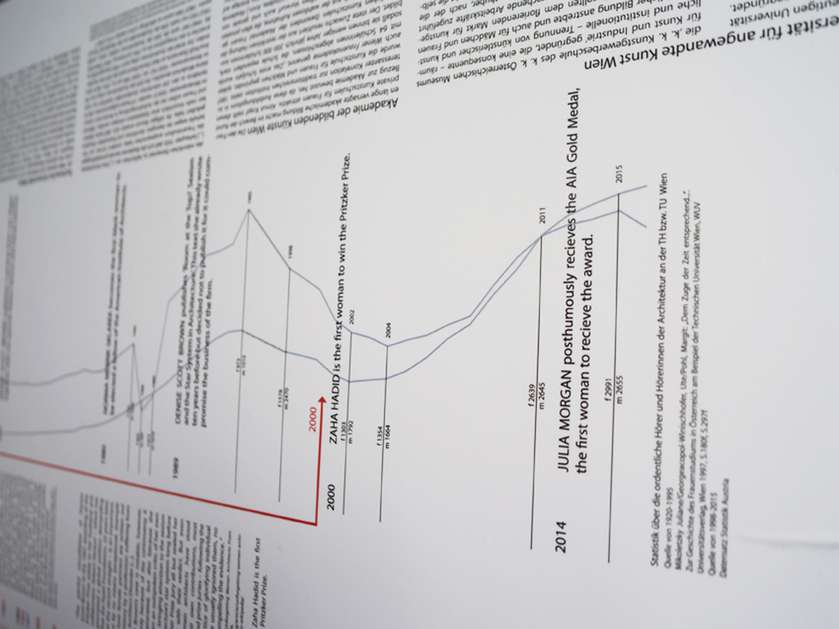
© Theresa Häfele
The research to the project and the development of the exhibition concept and exhibition design was funded by the Margarete Schütte Lihotzky grant in 2016. Now the exhibition is ready to go for Europe to collect more data to enrich to grow and to spread
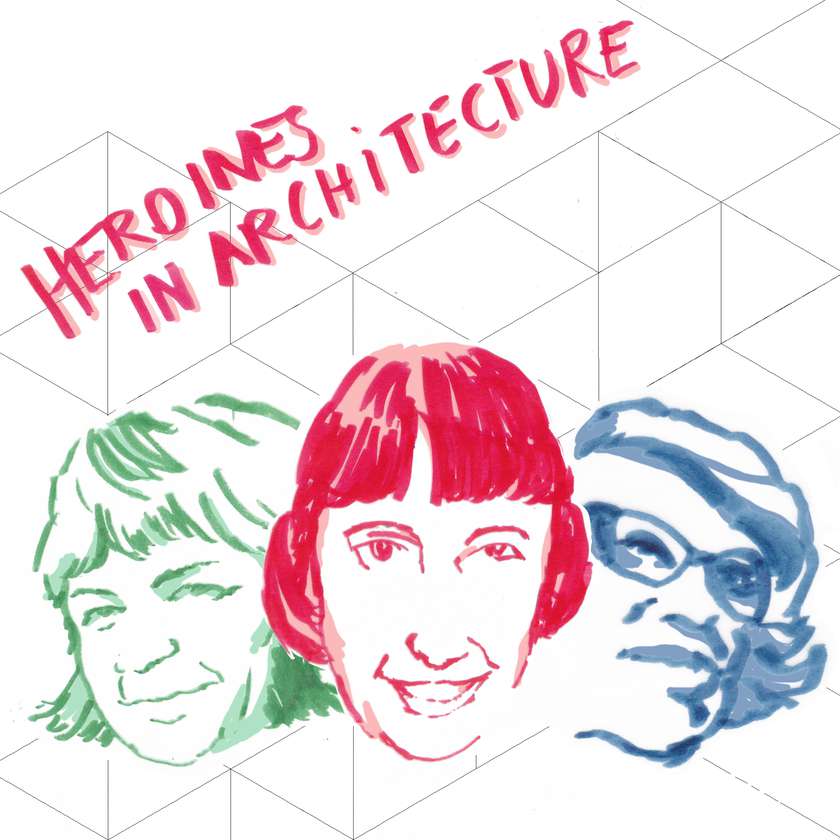
© Theresa Häfele
Jadwiga Grabowska-Hawrylak - Margarete Schütte Lihotzky - Jane Drew are famous architects and are here representing a whole lot of fellow female european architects. The architect as genius was long time a male preserved role model. Is it still an issue today? We look into the past how the first women became architects we also set up a status quo about gender equality in the field of architecture and we feature all the heroines we find while traveling through Europe.
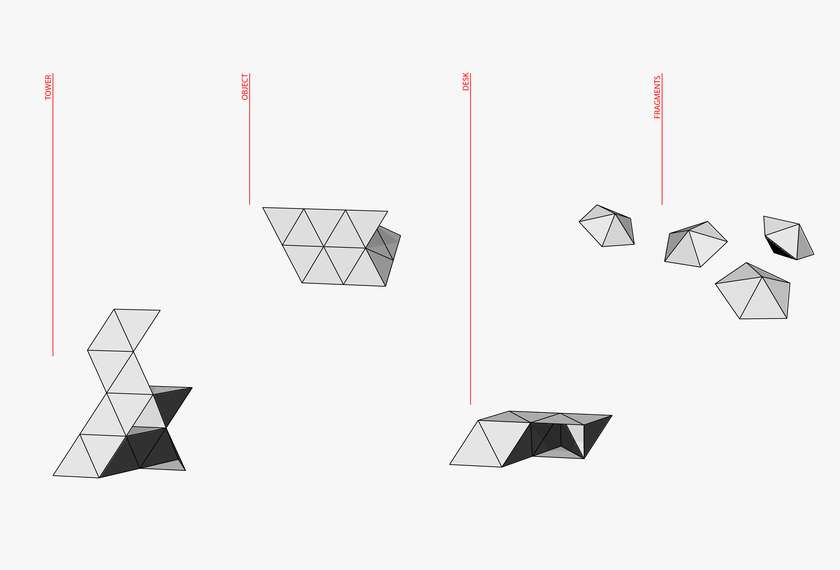
© Theresa Häfele
The exhibition is a modular system that creates different kinds of shapes for different spaces. By the arrangement of the information it changes the interpretation. The samples of shapes are examples how the exhibition may look like and how it can easily be built and be rebuilt in a different shape at another place.
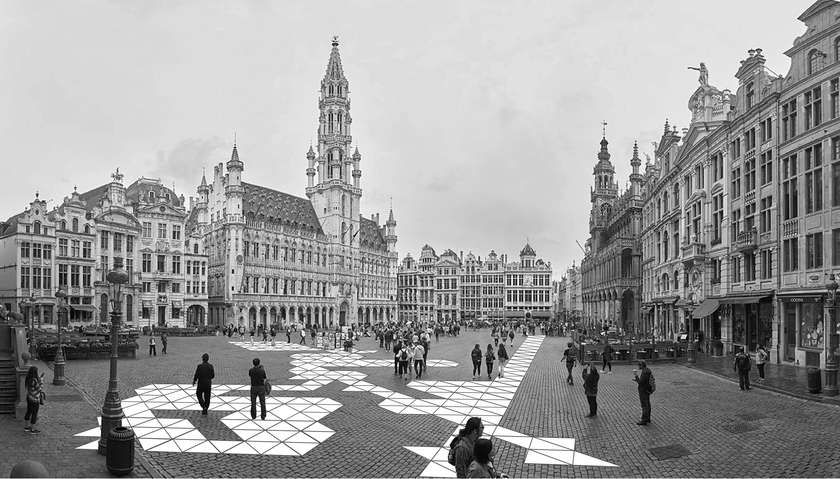
© Theresa Häfele
The future goal is to gather so much of information that the structure grows at such a point that it covers up the Grand-Place in Brussels.